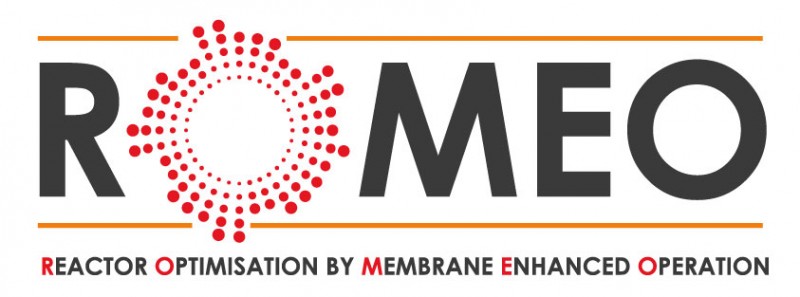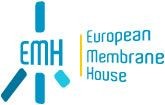Reactor optimization by membrane enhanced operation
.jpg)
Im EU-Projekt ROMEO wurde ein neues Reaktorkonzept zur homogenen Katalyse und gleichzeitiger Gasabscheidung durch Membranen entwickelt. Die Kombination dieser zwei Prozessschritte soll eine Prozessintensivierung von katalytischen Reaktionen ermöglichen und dadurch den Wirkungsgrad steigern. Dies verspricht eine ökologischere Nutzung, durch die Verminderung von Energie und Betriebsmitteln.
Um das ROMEO Konzept zu demonstrieren wurden zwei Reaktionen gewählt, die große Bedeutung in der chemischen Industrie haben: die Hydroformylierung und die Wasser-Gas-Shift Reaktion. Diese Reaktionen sollen in industrienaher Umgebung demonstriert werden. Dazu wurde eine Demonstrationsanlage zur Hydroformylierung verwendet. Dieser Prozess wird dazu benutzt, um Aldehyde aus Olefinen und Synthesegas herzustellen. Das Produkt der Hydroformylierung gilt als wichtiger Rohstoff in der chemischen Industrie. Um die Wasser-Gas-Shift Reaktion zu demonstrieren wurde eine Versuchsanlage gebaut, welche aus biomassebasierendem Synthesegas Wasserstoff herstellt.
Der ROMEO Reaktor besteht aus einem Katalysator und einer Membran, welche auf porösen Trägermaterial aufgebracht sind. Dadurch können mehrere Prozesse in einem Reaktor ausgeführt werden, und die Effizienz wird erhöht
Durch dieses neuartige hocheffiziente Reaktorkonzept konnten die Prozessemissionen um 16% und der Materialverbrauch um 11% gesenkt werden.
Highlights: http://www.romeo-h2020.eu/results/
Projektvolumen
EUR 6 Mio.
Projektlaufzeit
2015-08-01 - 2019-09-15
Finanzierung
The ROMEO project has received funding from the European Commission's Horizon 2020 research and innovation program under grant agreement n°680395. 
Projektpartner









Area Management

Matthias Kuba
matthias.kuba@best-research.eu

Gerald Weber
gerald.weber@best-research.eu